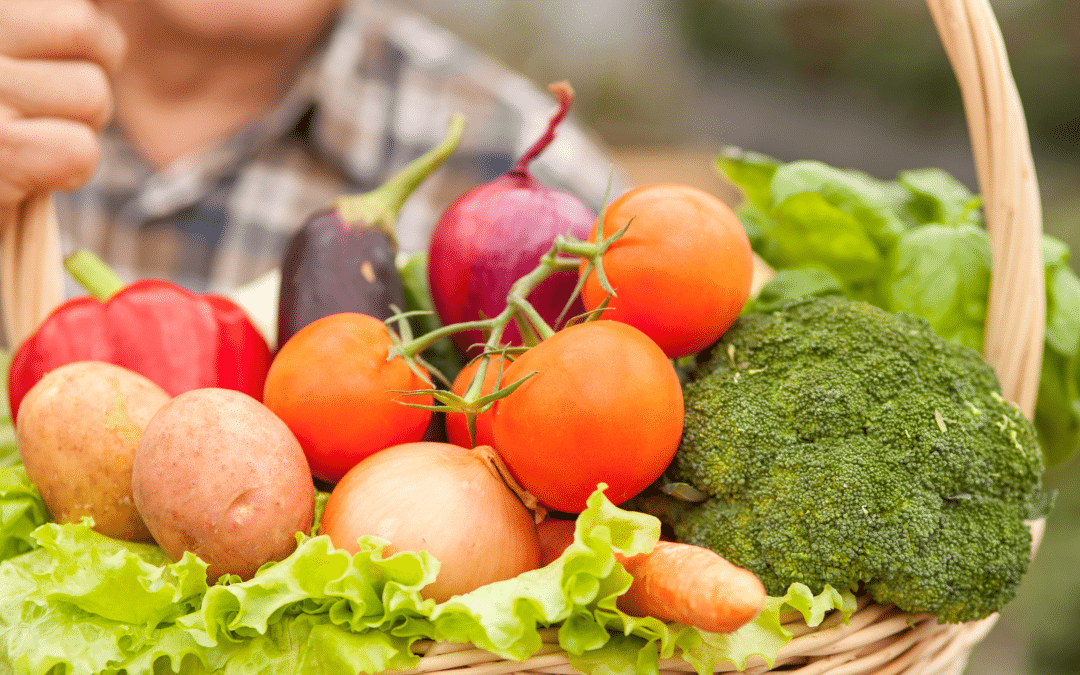How to Plant Edible Gardens
Enjoying a simple meal made from the food you grew yourself is immensely satisfying. Sadly, it is a pleasure few suburbanites have. But it doesn’t need to be that way. Even homeowners with small yards can have the joy of creating a yard-to-table experience as long as they are willing to plan and put in the effort.
Luckily, adding homegrown produce to your diet isn’t as difficult as you may imagine. These tips can get you started.
How Does Your Garden Grow?
It all starts with a little research. The area where you live will be the most limiting factor when it comes to choosing which fruits and vegetables you are capable of growing at home. Trying to plant something which requires a long, hot growing season when you live where the weather is a cooler will only lead to disappointment. There are four different zones in Oregon. You can easily find out which zone you live in by using the USDA Hardiness Zone map. Once you know your region, you can choose plants based on what will grow best where you live.
Creating a bed
Once you have a list of plants that grow in your region, it is time to decide where you want to plant your new garden. You will want to choose a convenient place which is protected from animals and far enough away from possible pollutants such as a busy road. Don’t forget about the amount of sun exposure the area receives when choosing your site.
As a new gardener, you will probably feel tempted to choose a large space to get the maximum yield. This is not the best approach. It is far better to start small and increase the size of your garden as you gain more experience over time. Most beginners find planting a 10 X 10 garden is ideal when it comes to the amount of work and expense involved. Limiting your garden to 100-square feet may seem unproductive, but it will teach you the skills you need to go bigger and be more successful in the future.
Deciding what to plant
After picking the patch of land for your garden, choose between three and five types of plants to try growing. Every plant requires specific soil conditions; therefore, it’s a good idea to test your soil to determine if you will need to amend it before planting Many new gardeners prefer to bypass this step by using raised beds and fresh topsoil to give them the most advantageous head start. Remember to limit your choices to only those who will grow well in the available sunlight and fruits and vegetables you and your family will enjoy eating.
Seeds vs seedlings
When it comes to planting, many new gardeners worry whether they should transplant seedlings or grow directly grow from seed. The answer depends both on what you intend to plant and the length of your growing season. You should typically use seeds for vegetables which grow underground or on vines like peas and pumpkins. Many new gardeners choose to transplant other types of vegetables and fruits.
Caring for your plants
After your plants are in, now you need to care for them. Plants need different amounts of attention, so learn as much as you can about them. Hopefully, in a few months, you will enjoy the fruits (and vegetables) of your labors.
Green Acres Landscape in Salem offers home and business owners a wide range of landscaping services. Call 503-399-8066 to learn more.

